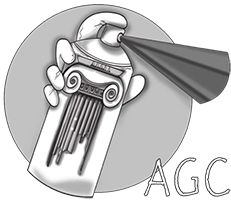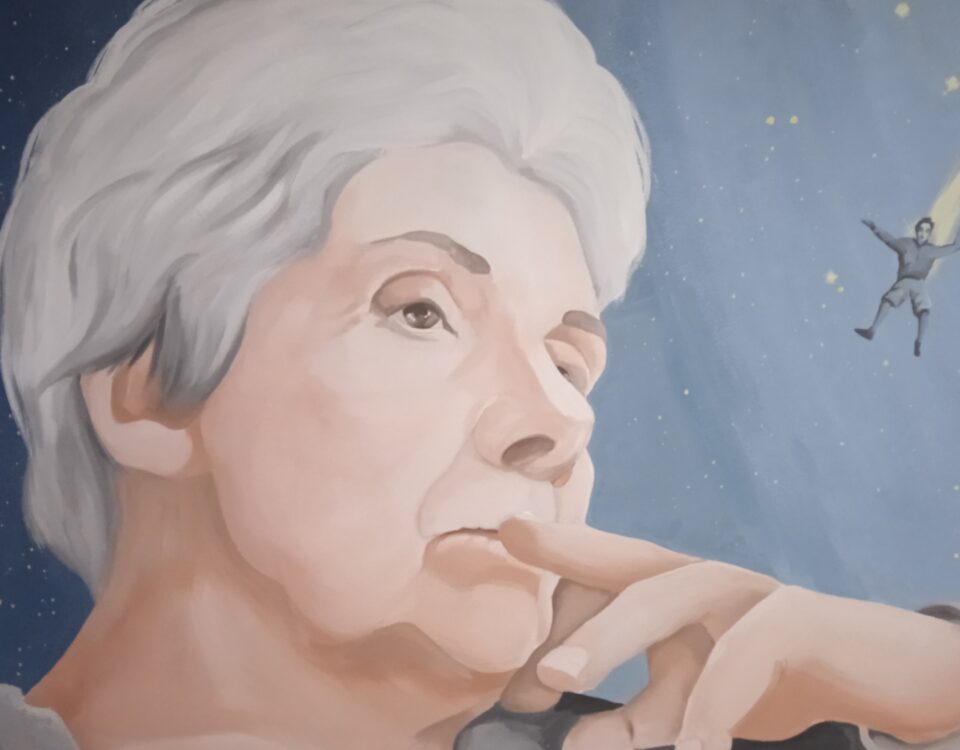Tribes, targets and methods – Charalampos Magoulas

Psychology and Graffiti – Barbara Kondilis
30 September 2022
GRAFFITI ΙΝ ΤΗΕ LINGUISTIC LANDSCAPE – Anastasios Kountouris
25 October 2022Tribes, targets and methods
In Human Condition, Hannah Arendt provides a definition of the “public”, understood not only as a Euclidean space, but also as a more dynamic meeting point of the community. She gives an account of it as distinct from the “private” and arrives at a fine comparison: living in societies implies the existence of a world of things which are between those who share it, just like a table located between those who sit around it. Hence, the world of common things brings us together and inevitably separates us at the same time. The coexistence in the societies connotes all human actions constituting what we call “culture” and is something exceeding the simple management of resources and spaces.
This coexistence is not always cloudless and peaceful. Public space and the production of cultural forms is the question at hand. Not all citizens of a given society have the same chances to express themselves and produce meanings in the common places of action, whether it comes to political and social discourse or to art. Graffiti covers the walls mostly of the metropolis as marginal way of expression, as an extroverted declaration of existence of collectives and individuals who sometimes live outside accepted norms. What connects all is rather the wall of the city, of the buildings, as a large, potentially unlimited canvas; for many perhaps an aesthetic distaste for the ugliness of modern cities. Writing slogans and tagging on the one hand and painting graffiti (street art) on the other constitute, an absolute sign of reproaching the city’s grey lives, while at the same time demonstrating the claim of public space which stands still and unnerved, suffocating the expression and life.
If those two elements keep pace with each other, i.e. the reaction to structures and forms of the city and the need of self-expression, they are not always similar. Generally, we could firstly observe the aesthetic destruction of a wall with tags addressed to certain groups of people by using hard to read (and decipher) codes, which mark the areas that are in fact places where their “creators” hang around. Secondly, the walls turn to street newspapers, where one would find, not only posters letting people know about concerts, demonstrations, events and political views, but also slogans expressing analog “tweets” of political opinion, often concerning vast parts of the societies, discussing issues ranging from antifascism, antiracism and antisexism to unemployment, poverty and repression. Finally, the city walls, instead of becoming uglier, are sometimes decorated with paintings, many consider masterpieces, which won’t find their way to museums, until they get “slaughtered”, undefended by taggers who seem not to see the difference.
Those trends are obvious, the phenomenon is multifaceted. What is at stake is how the cities would be more viable and contain as many as possible voices, without the one oppressing the other. If the scientific knowledge and the devoted occupation with the subject could be directly linked with the street and its rules, its creators and its inhabitants, then the odds of improving the face of the cities would be good enough.
Charalampos Magoulas


